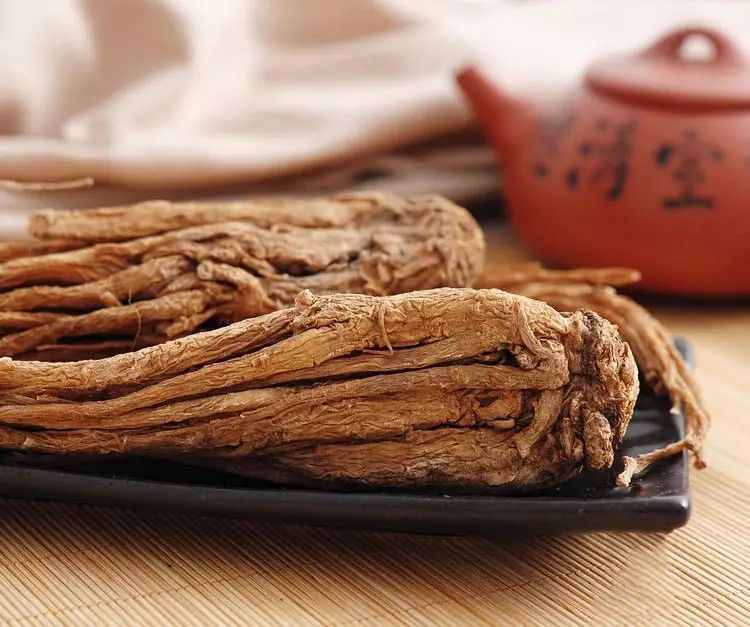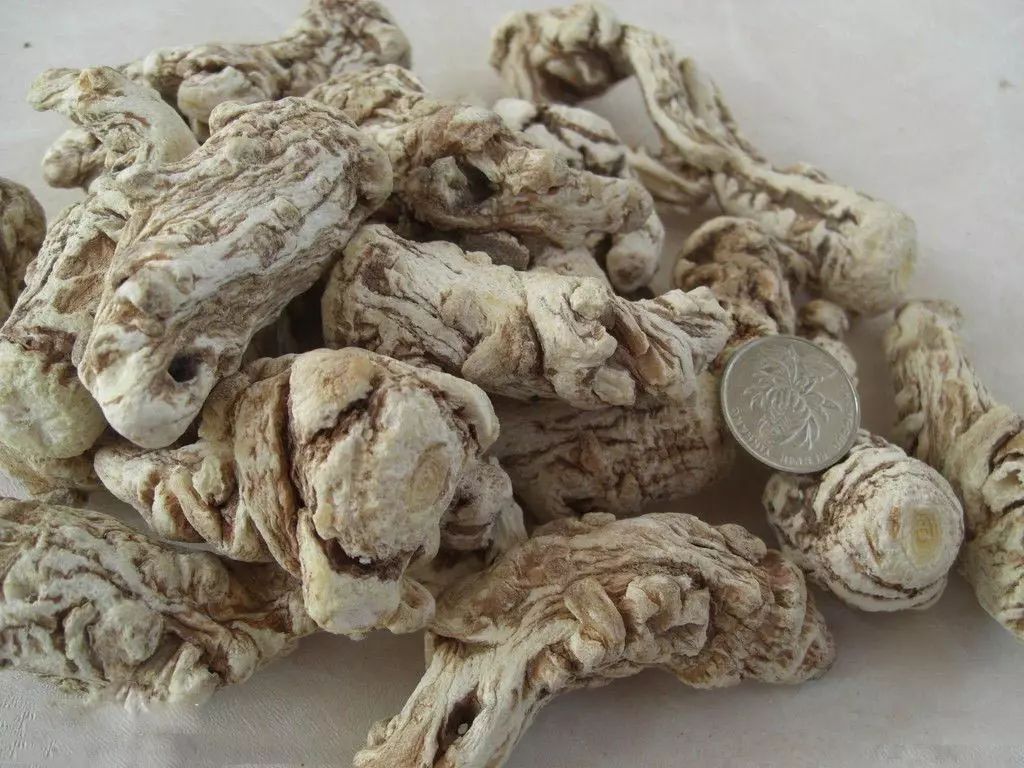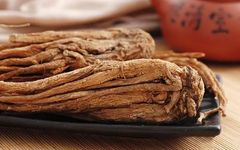Angelica Sinensis (当归)

Botanical Origin
The root of the perennial herb Angelica sinensis (Oliv.) Diels, belonging to the Apiaceae family. This product is the dried root of Angelica sinensis. It is harvested in late autumn, with the fibrous roots and soil removed. After slight evaporation of moisture, it is bundled into small bunches and dried slowly over smoke. The whole root is slightly cylindrical, with the upper part referred to as “Gui Tou” (归头), the main root as “Gui Shen” (归身) or “Cun Shen” (寸身), and the lateral roots as “Gui Wei” (归尾) or “Gui Tui” (归腿), collectively known as “Quan Gui” (全归). Angelica Sinensis is known for its ability to both nourish and invigorate the blood, collectively referred to as “He Xue” (和血); “Gui Shen” nourishes the blood, while “Gui Wei” invigorates the blood.
Properties and Flavor
Sweet, pungent, warm. ① “Shennong Bencao Jing”: Sweet, warm. ② “Wupu Bencao”: Shennong, Huangdi, Tongjun, Bianque: Sweet, non-toxic. Qibo, Leigong: Pungent, non-toxic. Li Shi: Slightly warm. ③ “Bielu”: Pungent, very warm, non-toxic. ④ “Bencao Shuo”: Bitter, warm, non-toxic.
Meridian Affinities
Enters the Liver, Heart, and Spleen meridians. ① “Tangye Bencao”: Enters the Hand Shaoyin, Foot Taiyin, and Jueyin meridians. ② “Leigong Paozhi Yao Xing Jie”: Enters the Heart, Liver, and Lung meridians.
Harvesting and Processing
Harvested in late autumn, with fibrous roots removed. After slight evaporation of moisture, it is bundled into small bunches and dried slowly over smoke.
Preparation
Angelica Sinensis: Remove impurities, wash clean, moisten, and dry until the internal and external moisture is suitable, then slice and sun-dry.
Wine-processed Angelica: Take slices of Angelica, spray evenly with yellow wine, slightly moisten, stir-fry in a pot over low heat, then cool (for every 100 jin of Angelica slices, use 10 jin of yellow wine).
According to “Leigong Paozhi Lun”: For using Angelica, first remove dust and the hard tips, soak in wine overnight.

Functions and Indications
Nourishes blood; invigorates blood; regulates menstruation and alleviates pain; moistens dryness and promotes bowel movement. Indicated for blood deficiency syndromes; irregular menstruation; amenorrhea; dysmenorrhea; abdominal masses; metrorrhagia; cold abdominal pain; atrophy; numbness of the skin; constipation; post-dysentery heaviness; carbuncles and ulcers; trauma.
Precautions
Use with caution in cases of dampness obstructing the middle and diarrhea.
-
“Bencao Jing Jizhu”: Avoids Ge Pu, Hai Zao, Mu Meng.
-
“Yao Dui”: Avoids dampness, ginger.
-
“Bencao Jing Shu”: Not recommended for those with weak gastrointestinal systems, diarrhea, and all spleen and stomach diseases, as well as during pregnancy.
Toxicity
Historical medical texts record that Angelica Sinensis is non-toxic. Experiments have also proven its low toxicity. For example, the maximum lethal dose of Angelica root extract for mice is 30-90g/kg (po), and for dried leaves, it is 100g/kg (po); the LD50 of Angelica is 100g/kg (iv). Acute toxicity in mice results in immobility, respiratory depression, and ultimately convulsions and death. The LD50 of Angelica injection is 80g/kg (iv). Sodium ferulate has an LD50 of 1.71g/kg (iv). A few patients taking Angelica tincture and sedatives may experience fatigue and drowsiness; individual cases may report mild skin itching and gastrointestinal discomfort, but these are generally mild and do not require discontinuation of the medication. If abdominal pain worsens, discontinuation is necessary. Intravenous infusion may occasionally cause mild infusion reactions, which can be managed with desensitization. Local swelling and severe pain may occur after injection into the sheath, affecting functional activity, but no special treatment is needed, as it resolves within 1-3 days and shows therapeutic effects. Additionally, it has been reported that oral administration can irritate the intestines, and large doses may cause renal degeneration, primarily due to volatile oils. Research by Tian Zhong et al. on the acute toxicity and long-term effects of methanol extracts of Angelica showed no toxicity at a dose of 6g/kg per administration in mice and rats. However, intravenous administration showed toxicity without fatalities. Experimental observations indicated that general symptoms, voluntary movement, food intake, body weight, urinalysis, and hematological tests were negative, but biochemical tests showed increased serum free cholesterol and cytochrome P-450 levels in renal cells. The toxicity of stem and leaf preparations compared to root preparations was lower, related to the content of volatile oils.



